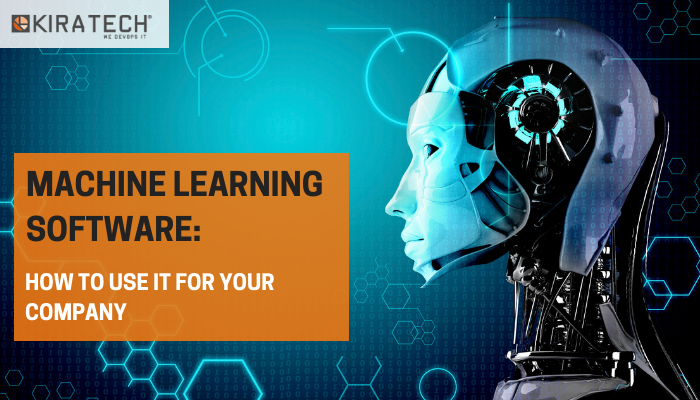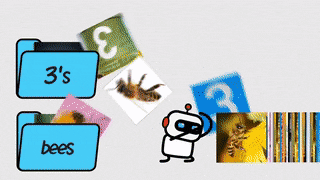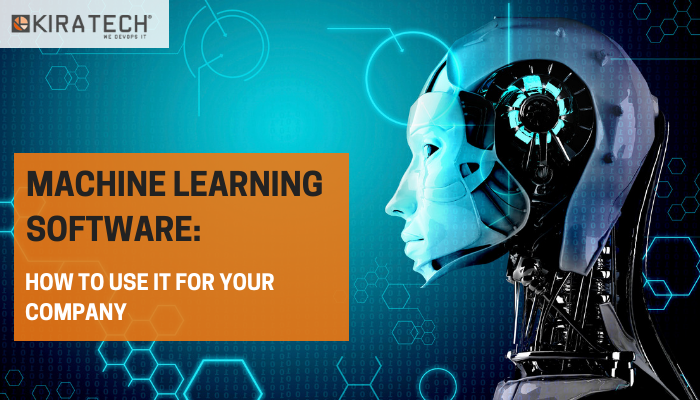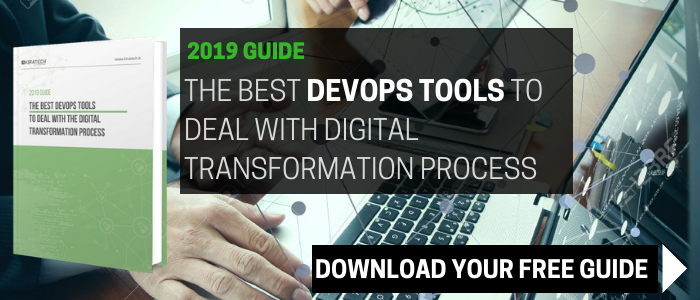
In the past companies didn’t use to know their internal problems. The issues were often raised directly by customers; business decisions weren’t taken based on the real data internally collected, but they were based on problems occurred in that specific moment. In the IT and Automation world it is not acceptable to become aware of problems only when the customer is complaining about them, or when the company has already lost him. Today we have a perfectly clear and real-time vision about what is happening. Companies have only to learn how to use that information to improve their work and their turnover.
The Machine Learning
The last IT revolution for companies is represented by the Machine Learning, or automatic learning, a part of the Artificial Intelligence (A.I.) used for this purpose: scientists and researchers are currently specialising in neural nets, techniques and mechanisms about voice and images recognition, for various scopes.
The Artificial Intelligence improves the working experience, simplifies an automates tasks.
What is Machine Learning and How it works?
Machine Learning is the ability of computers to learn without the traditional programming process. In this way computers become clever and able to understand the common characteristics of many objects only by watching some examples (pictures of dogs, for instance), they learn to find these characteristics in future cases, recognising them (a dog, in this case).

Do you want a specific example for companies? A financial company can collect all its customers’ information (present and past) through its application and it can use them to suggest the best type of financing for each customer, only using the A.I. cognitive mechanism.
The same thing can occur in other fields, a neural net to recognise paints for example, or a computer that is able to play a piano duet or something more useful for companies.
More in general, if we want to give a definition to Machine Learning, we can say that: through a continuous automatic learning process, it is possible to implement complex tasks based on learned schemes and patterns, that can be used also to predict possible future behaviours.
What’s it for?
Companies can use it to add smart algorithms inside the applications, websites and bot. The aim is to see, listen, speak and understand the customers’ and users’ needs without using the programming processes we were used to, but the normal communication, the human one. In fact, we can affirm that the IT world is more and more approaching the human one.
Machine Learning & AI examples
Now we know what Machine Learning is, so let’s talk about what you can do with the Artificial Intelligence. Here below you can find some examples of how other companies like yours solved their business problems:
- Artificial vision, that can elaborate images to identify them and work smartly on them.
- Learning, algorithms that associate information and data for semantic research activities or smart suggestions.
- Dialogue, to talk as natural as possible and to recognise the users’ desires.
- Vocal synthesis, to convert audio into text, verify the voices and recognise them.
- API research, to look for images, videos, news throughout the Web, to recognise emotions or to label the images.
The best Machine Learning Software
- Microsoft Cognitive Service, especially the API Viso to verify a selfie for the intelligent authentication and the Cognitive Services – Bot FrameWork API to create chatbot representing your brand and answering the customers’ questions like a real human customer service;
- Elastic, in particular its Machine Learning functionality present in the X-Pack (a solution belonging to the Elastic Stack);
- Tensorflow, an opensource software library for the automatic learning that can release tested and optimized modules useful for the algorithms realization of various type of perceptive works and for the language comprehension. Today it is used both for research and production phases in lots of commercial Google products, like vocal recognition, Gmail, Google Pictures and Research.
If you want to learn more about the best Tools to face the Digital Transformation process, download our FREE GUIDE!








